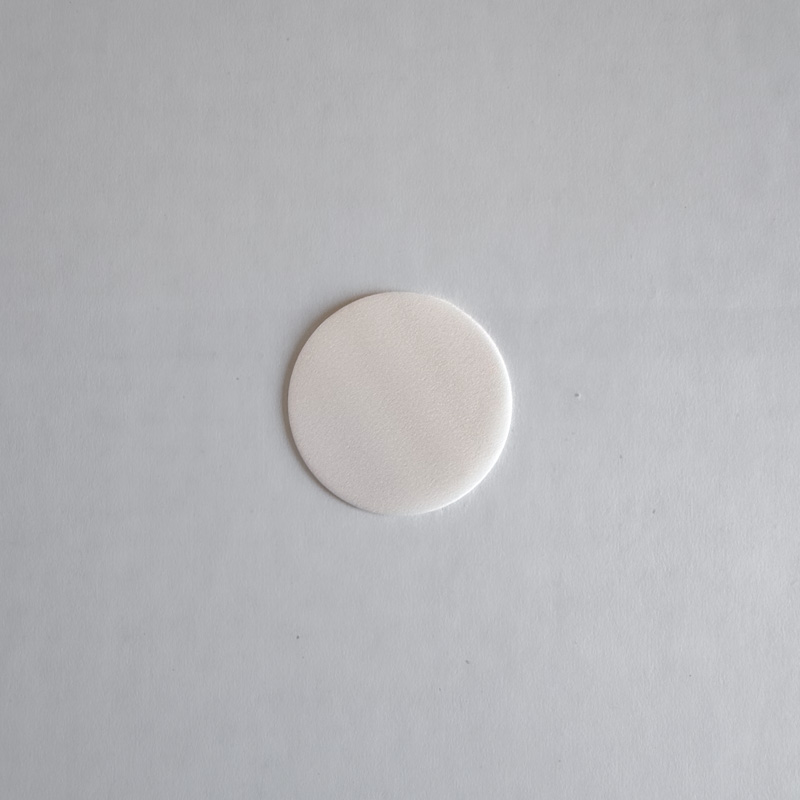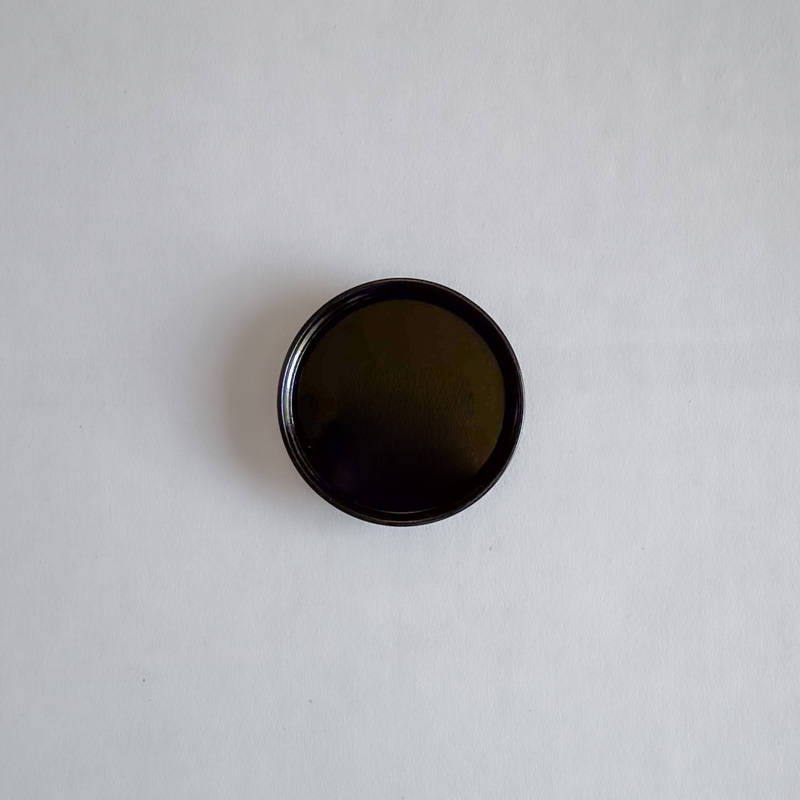Unpacking Cupboard
Whilst building Cupboard, I spent a lot of time thinking about packaging. To such an extent that my dad and I - both recognising my tendency to yap his ears off on the topic - still frequently joke "Do you want to talk about packaging?"/"Can I talk to you about packaging for a sec?". Something about the lack or care towards how we package and consume goods just really bugs me, and few industries do it worse than coffee.
When I first set out to explore the topic I naively thought it was going to be easy, just replace plastic with some "eco-friendly" option and done, but that couldn't of be further from the truth. As touched on above, what followed was an deep exploration of the topic that has long since out-lived the company...
The content below is a small peice of that exploration, a living document that aimed to offer up transparency around Cupboard's packaing, and thoughts behind our approach. Whilst very far from a deep-dive, I figured it might serve as a good starting point for anyone thinking about revising the materials they use in their business, and hopefuly encourage transparency around their choices.
The good, the bad, and the ugly.
Originally Published: 24th August 2022
Started by Stephan Ango, this page is part of Slash Packaging, an open-source project encouraging companies to be transparent about their approach to packaging.
Approach
We know we’re not perfect, and we’ll never pretend to be.
There are a lot of buzzwords when it comes to sustainability, but ultimately there aren’t any right answers, just a lot of wrong ones with varying impacts on varying areas.
Cupboard’s approach to packaging is this: avoid the really bad, reluctantly opt-in to the least bad, and actively seek out the better. It’s an evolutionary approach.
Priorities
Alongside our approach, there's a lot we could focus on, we've chosen to prioritise the following:
- Avoid Plastic.
- Focus on Reusability.
- Support UK manufacturers.
Materials
for Coffee
Whilst our coffee bottles are undeniably made up of non-perfect elements (plastic lid liner and label adhesive being the least favourable), they come together to create a highly reusable solution with minimal plastic. The low-light and air-tight environment it also creates, is perfect for keeping our coffee fresh.

Glass
Straight up glass, made amber by mixing with natural impurities (iron, sulphur, and carbon).
- Widely and easily recyclable at kerbside.
- Manufactured in the UK

Paper
Unlike traditional labels made from multiple layers of plastic, our labels are 100% paper, which are then applied using a very small amount of adhesive (see below).
- FCS Certified.
- Widely and easily recyclable at kerbside.
- Printed in the UK.

Plastic (EPE)
This foam liner sits inside of the lids to enhance the barrier between the lid and the jar. It’s made of Expanded Polyethylene which is a type of Low-density Polyethylene (LDPE).
- Easily recyclable, but not widely collected at kerbside.
- Manufactured in the UK.

Aluminium
Sturdy and forever recyclable, it’s a perfect fit for the jars.
- Widely and easily recyclable at kerbside.
- Manufactured in the UK.

Adhesive
With the label being made entirely paper, something has to hold it together. Currently, that a small strip of double-sided tape along each side, so that the label can stick to itself and the bottle.
Left on the jar or the label, it’s such a small amount that it doesn’t interfere with the recyclability of either.
for Shipping
The packaging we use for shipping can change based on order sizes and where the parcel is heading, but in every case we're only using cardboard and paper.
Cardboard
- Widely and easily recyclable at kerbside.
- Manufactured in the UK.
Paper
- Widely and easily recyclable at kerbside.
- Manufactured in the UK.
What about xyz?
If you’re reading the above and thinking “huh, why not go all in on paper, or compostable materials, or [insert miracle material here]?”. We hear you, we’ve thought the same ourselves. In this section we hope to address some of those queries.
Bio-plastic?
Whilst bio-plastic might contain natural elements, there’s nothing natural about bio-plastic. It’s name might imply otherwise, but they’re still made using fossil fuels, the majority of them aren’t bio-degradable as their chemical structure is actually the same, they’re rarely even recyclable, and they still take hundreds of years to breakdown when they inevitably end up in landfill. A true biologically made and biodegradable plastic has the potential to be amazing, but they just don’t really exist yet.
Recyclable Plastic?
Only a very small handful of recycled plastic actually gets given a new life, and each time it does get recycled the quality degrades further till it’s no longer usable, then we’re once again left with the issue of it’s disposal. At the end of the day, plastic is plastic. It being recyclable is better than not, but the cost we’re all paying for plastic is gigantic.
Compostable?
Compostable materials are definitely one of the lesser evils, but ensuring it’s actually composted is where things get sticky. You’ve got commercially compostable materials that don’t compost at home, and many councils without compost collection. So, most of it ends up in landfill, and nothing breaks down in landfill - for hundreds of years at least.
Paper?
It’s a reasonable choice, but when it comes to keeping coffee fresh, it’s just not a very strong contender, in fact it’s not even in the ring. In terms of environmental impact, it’s impossible to ignore where paper comes from and the impact that deforestation is having on our planets ability to deal with extreme human-made emissions/pollution. That said, sourced responsibly, and used meaningfully, it can be a valuable material.
Resources
P.S. I found the below episode of Plastisphere particularly interesting!